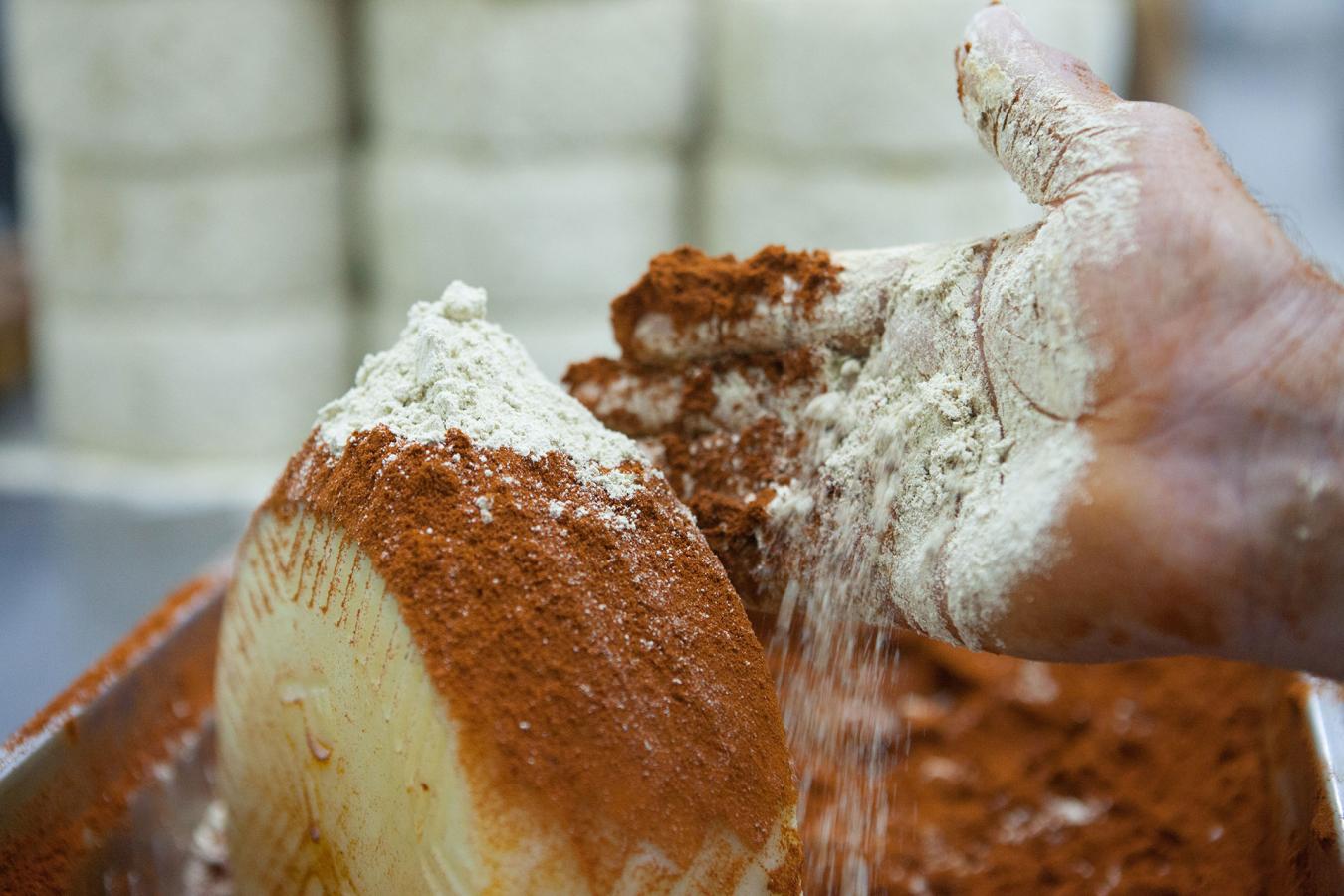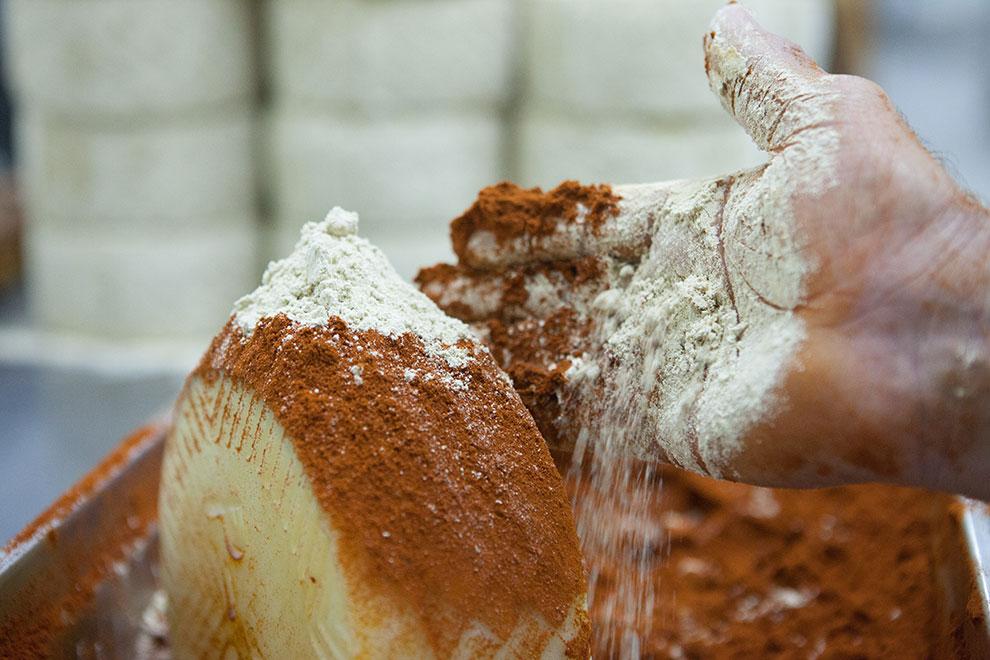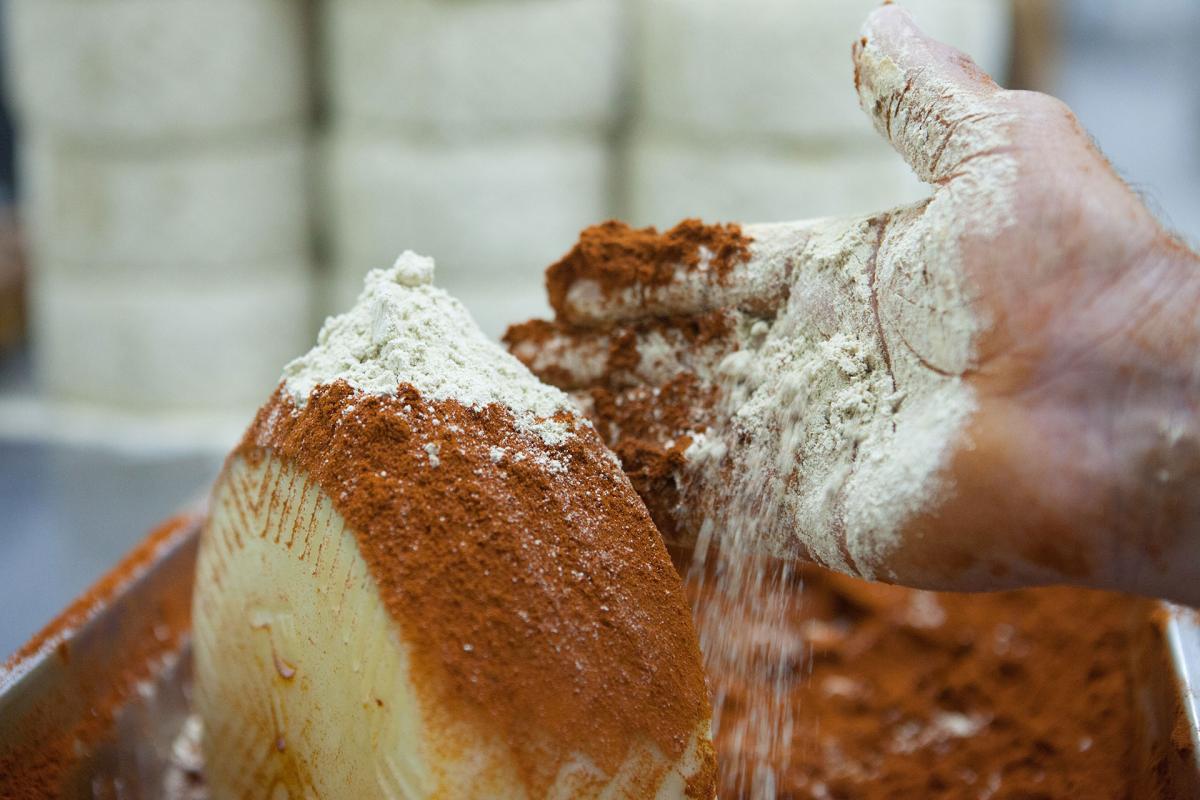A mini-guide to learn everything about the cheeses of the Canary Islands
In their taste the cheeses of the Canarian archipelago reflect the peculiarities of the 8 islands, each one marked by a diversity of habitats and microclimates, as well as particular artisan practices. These are largely based on goat’s milk from indigenous breeds, which give them sui generis nuances and textures.
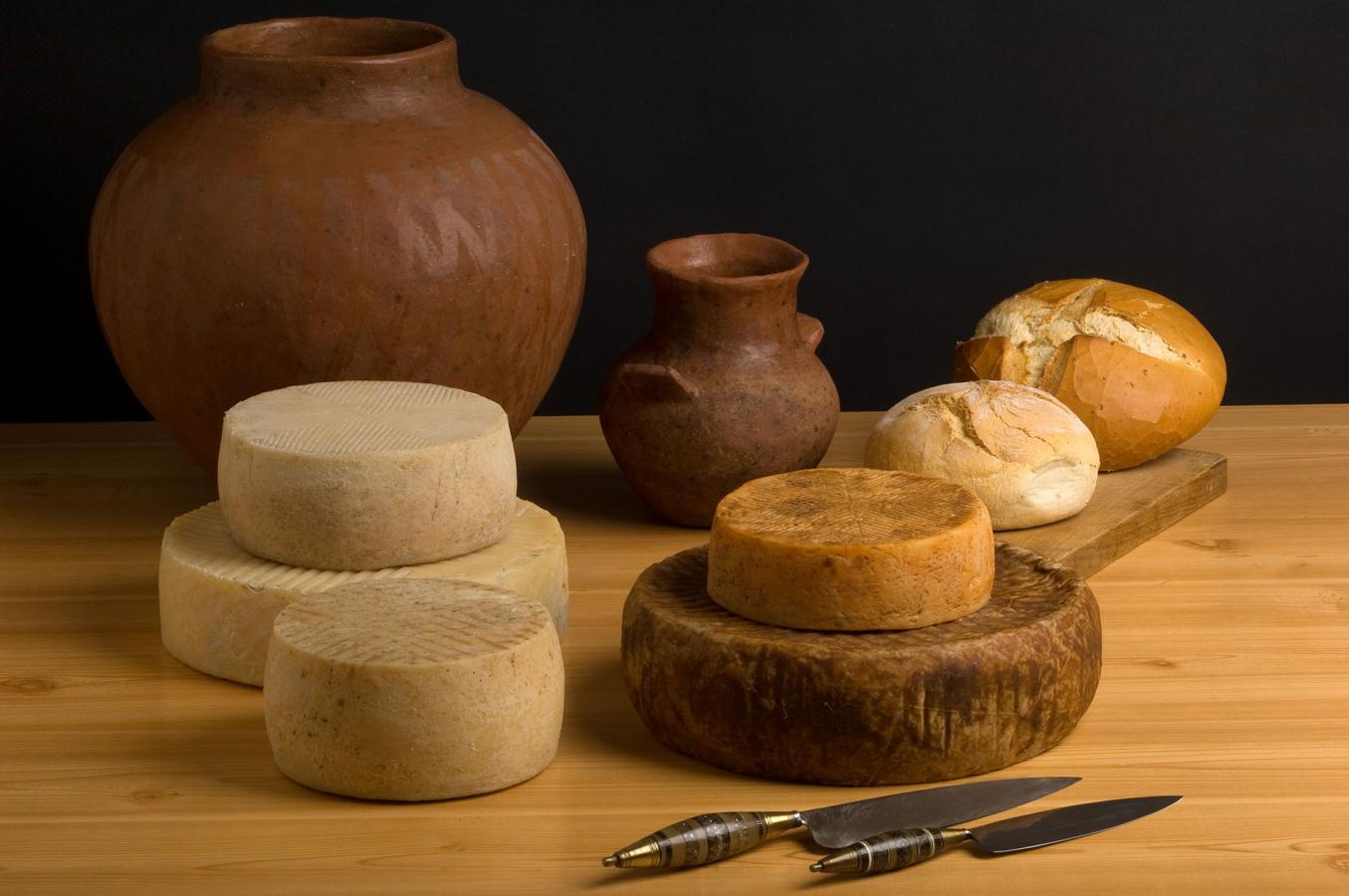
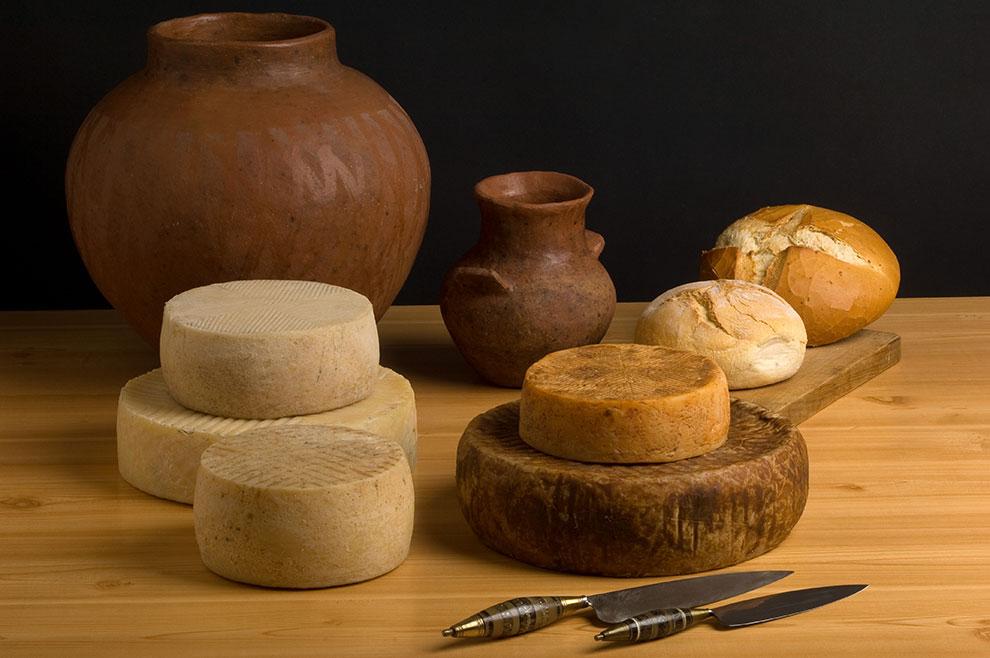
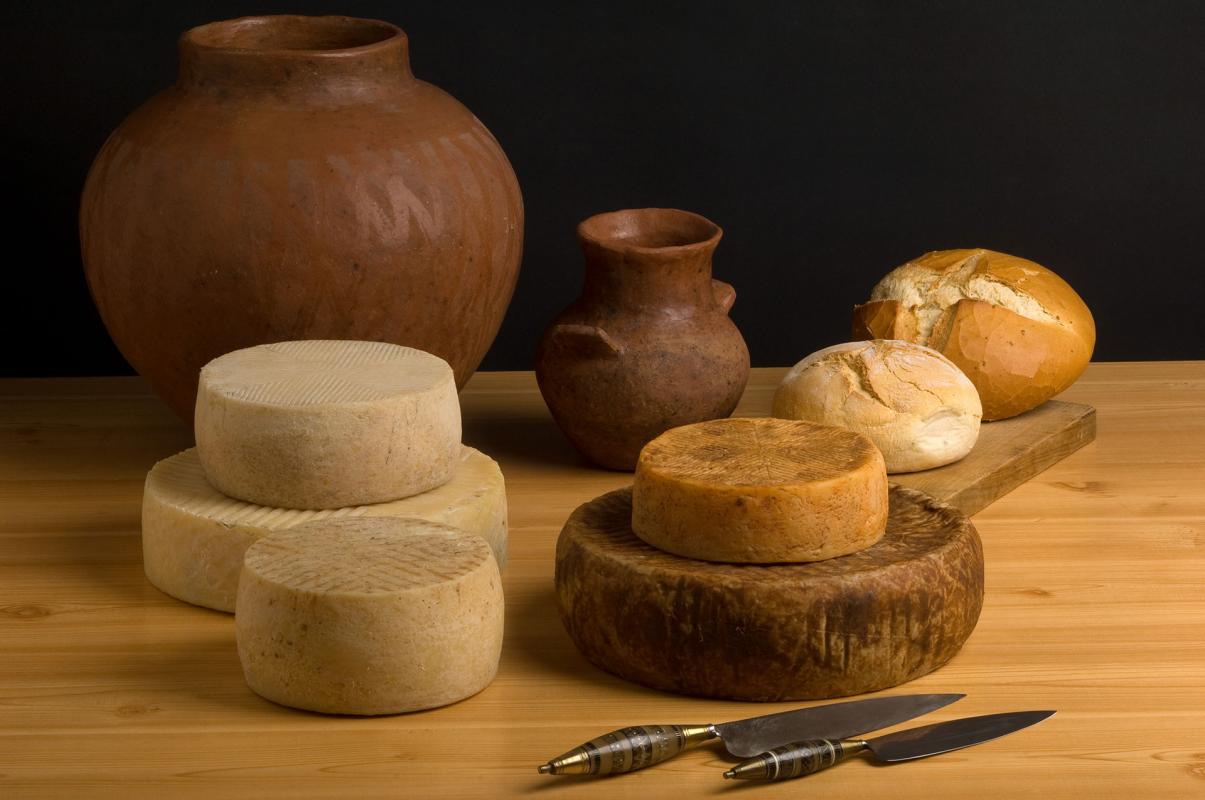
Thus Canarian cheeses transmit singularities that make them unique and special. Covered by paprika, oil, gofio, smoked cheeses...fresh and tender, raw milk, mixtures, wrapped, in cloth, even covered in Barbary fig...in the Canary Islands there are three Protected Designations of Origin with specificities in terms of excellence: DOP Queso Majorero; DOP Queso Palmero and DOP Queso de Flor de Guía, Queso de Media Flor de Guía and Queso de Guía.
The consumer will find a wide and striking taste realm, the result of a combination of factors such as microclimates, endemic biodiversity, orography, livestock diet and native breeds. The heads of goats (majorera, palmera, canaria), by the way, have been free of the Maltese fevers that affect other species.
Varied artisan formulas in each and every one of the islands that today demonstrate, with the incorporation of modern technologies (and goat milk as a fundamental base), what the ancestors lavished on people with a few specimens of sheep, cows and those formidable milk-producing goats.
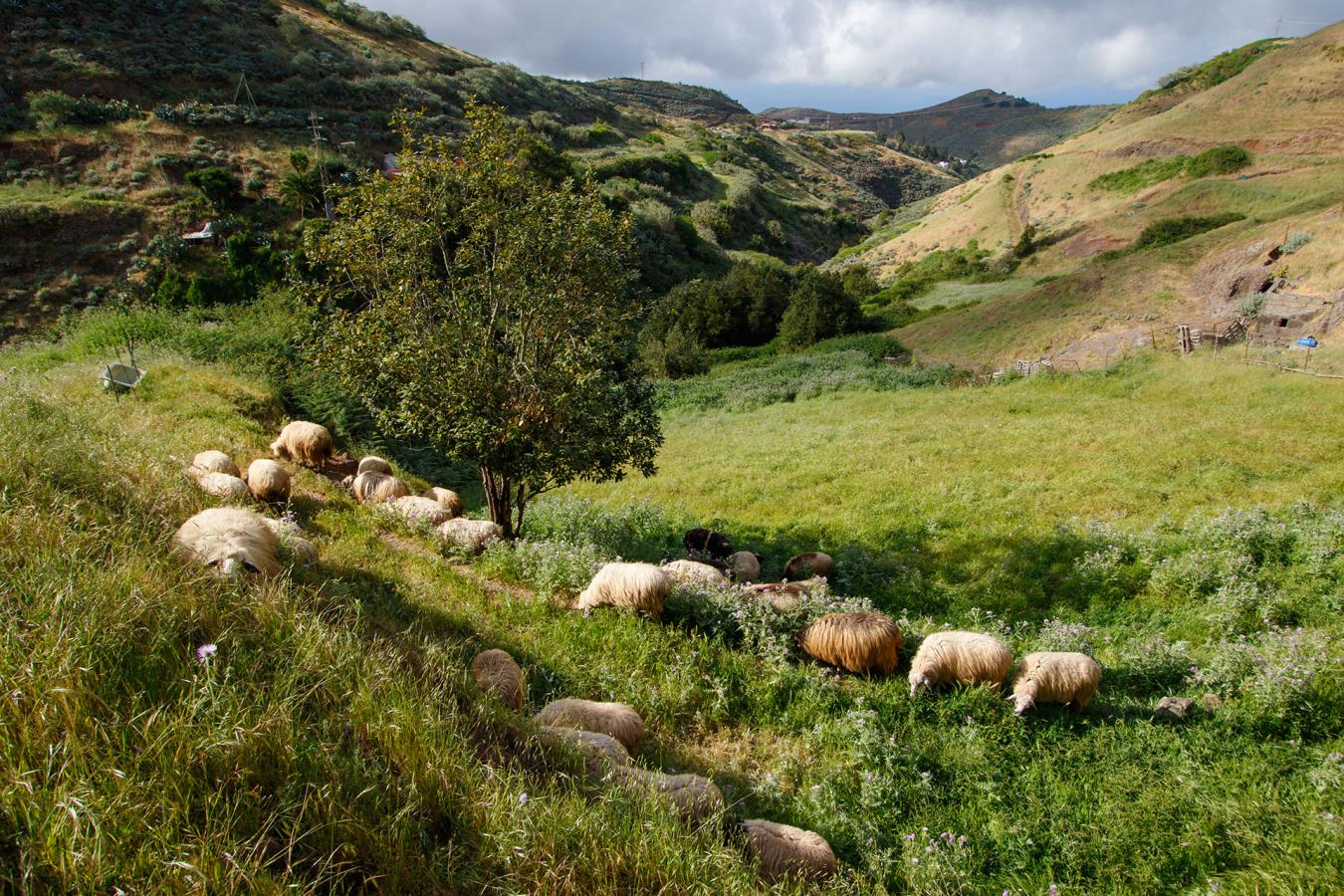
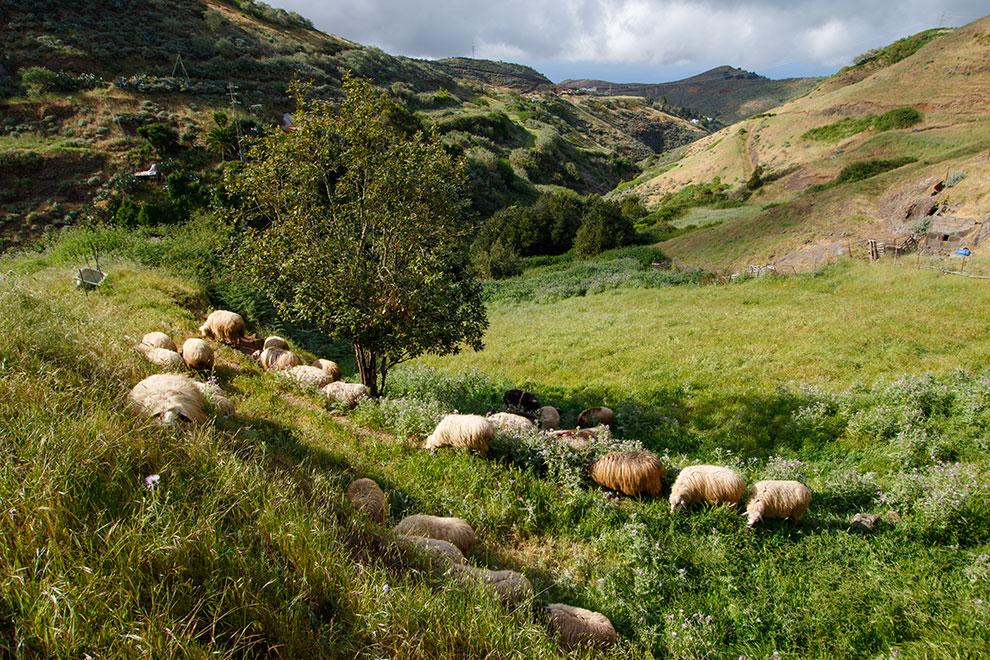
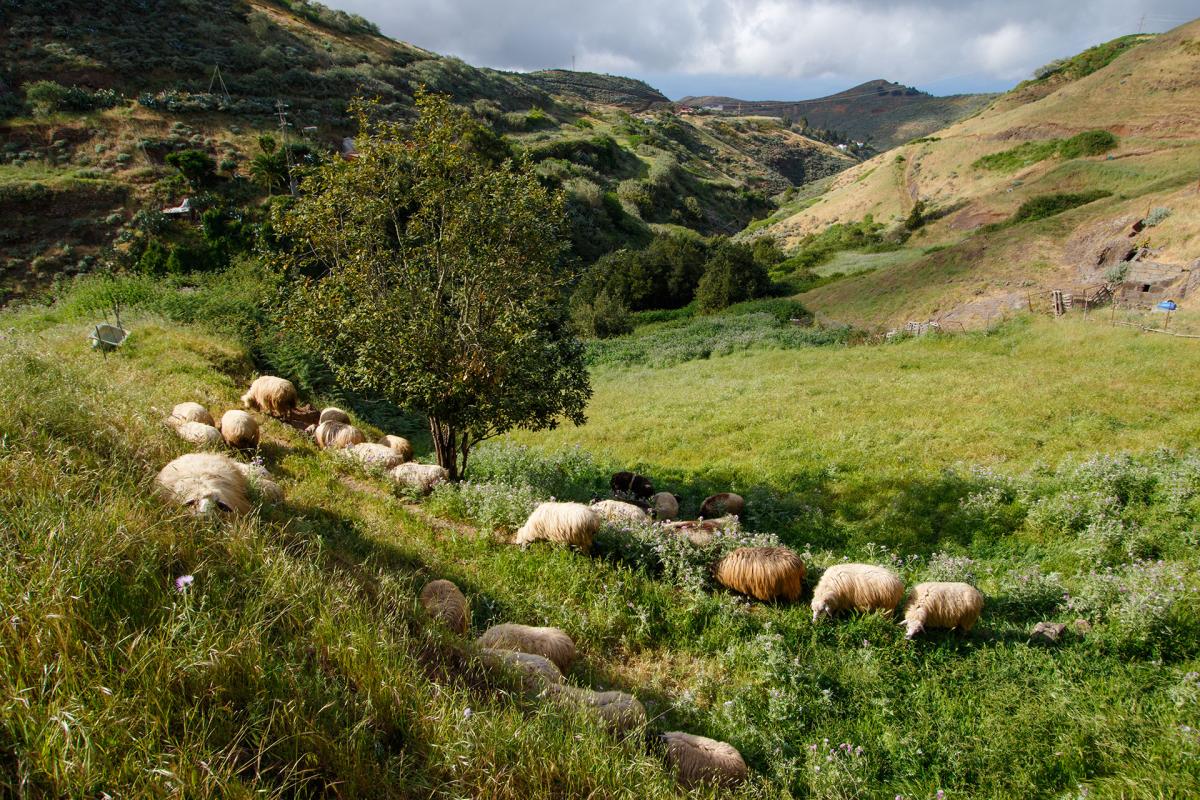
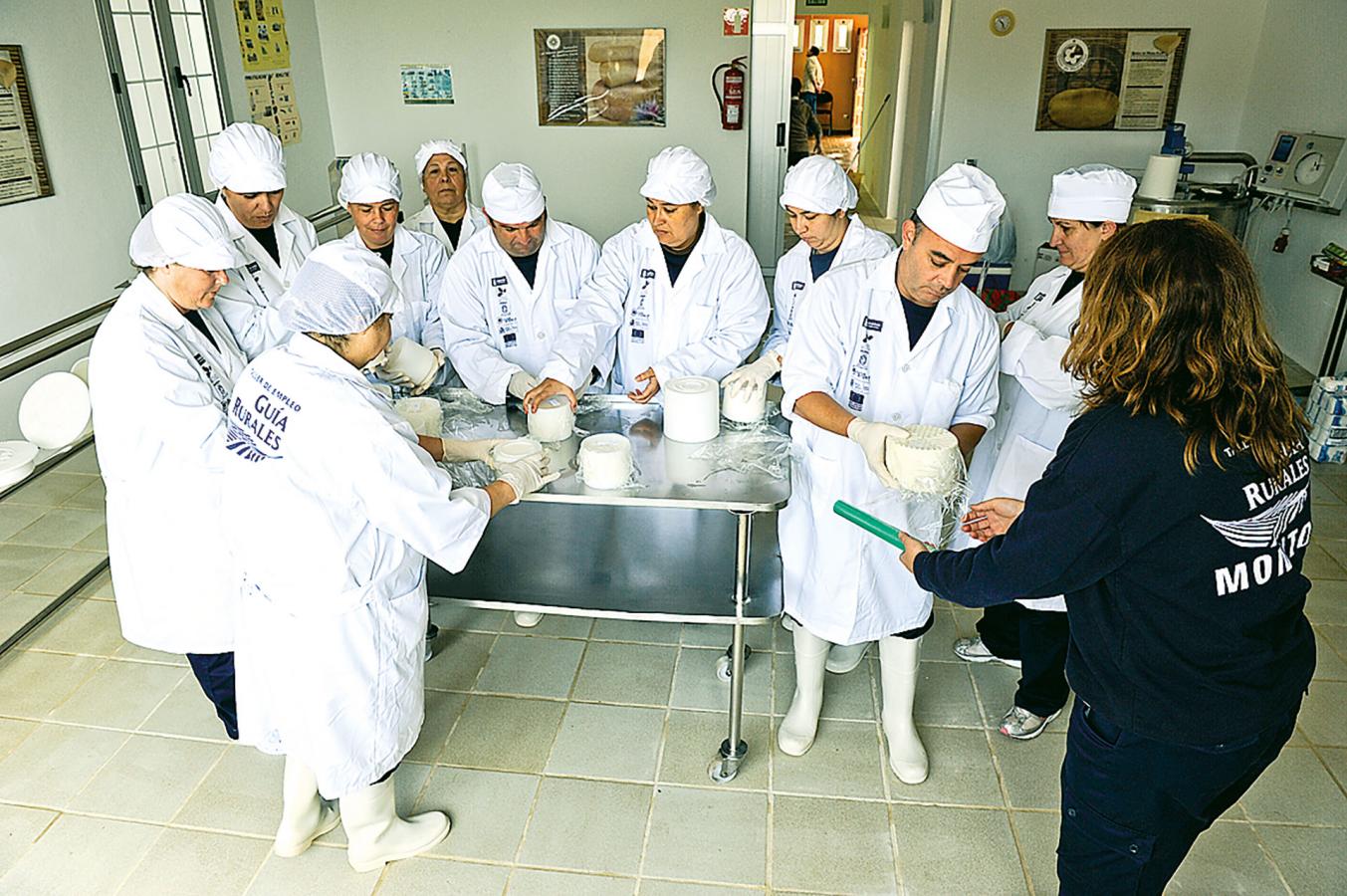
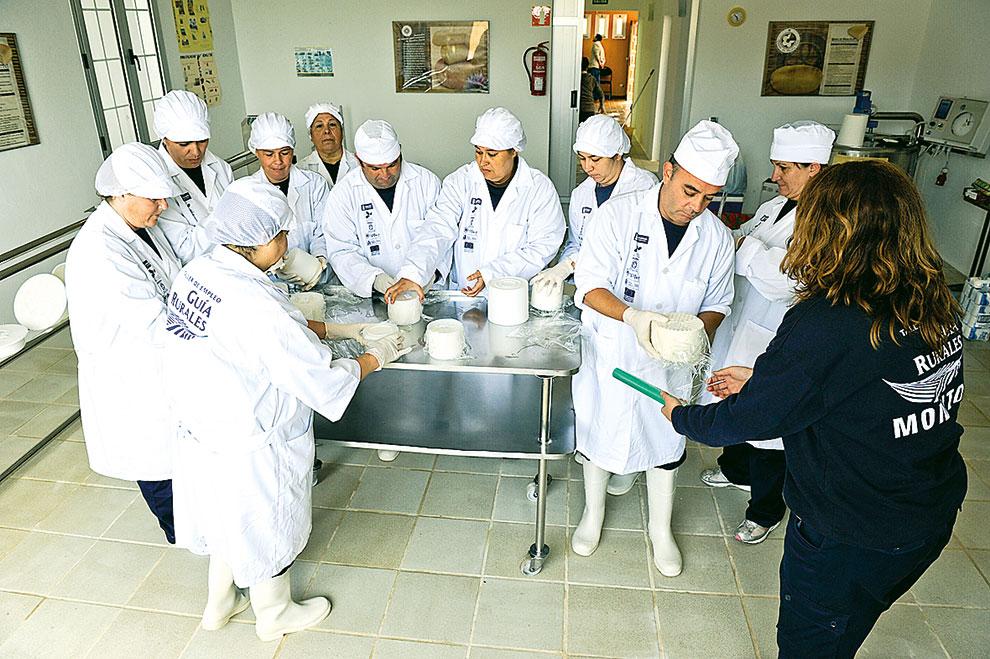
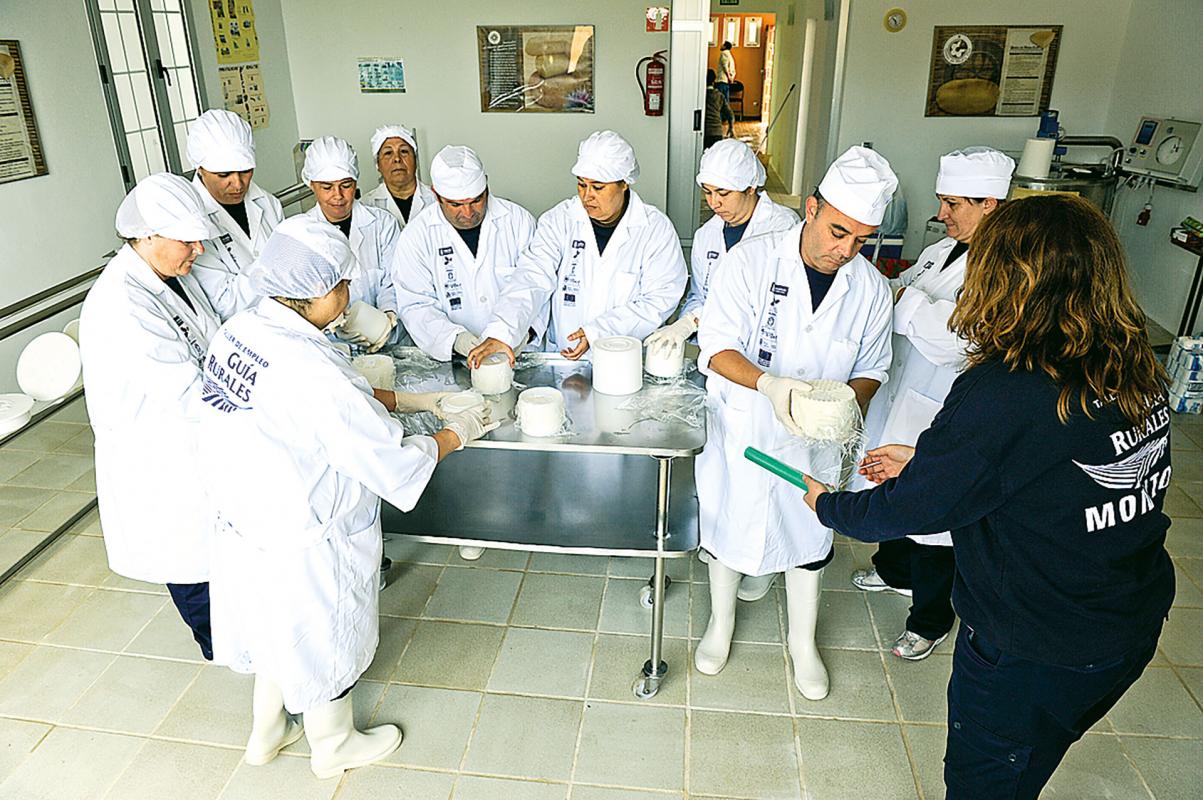
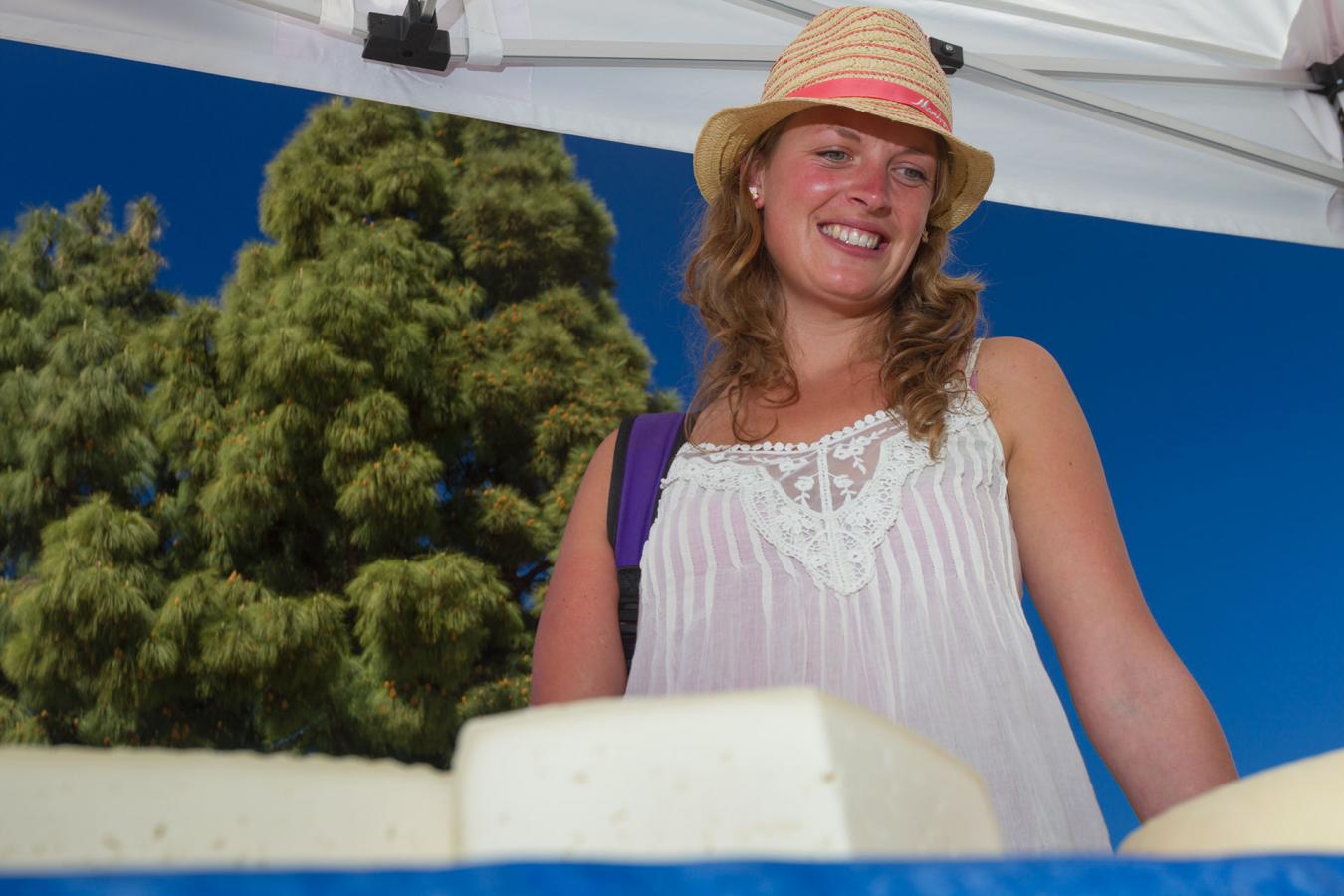
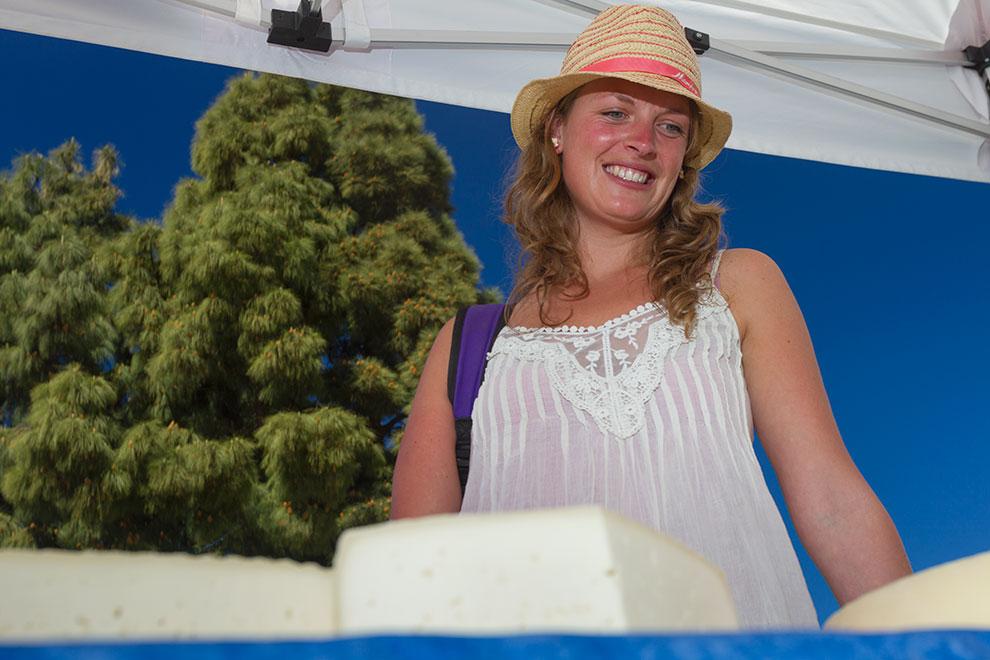
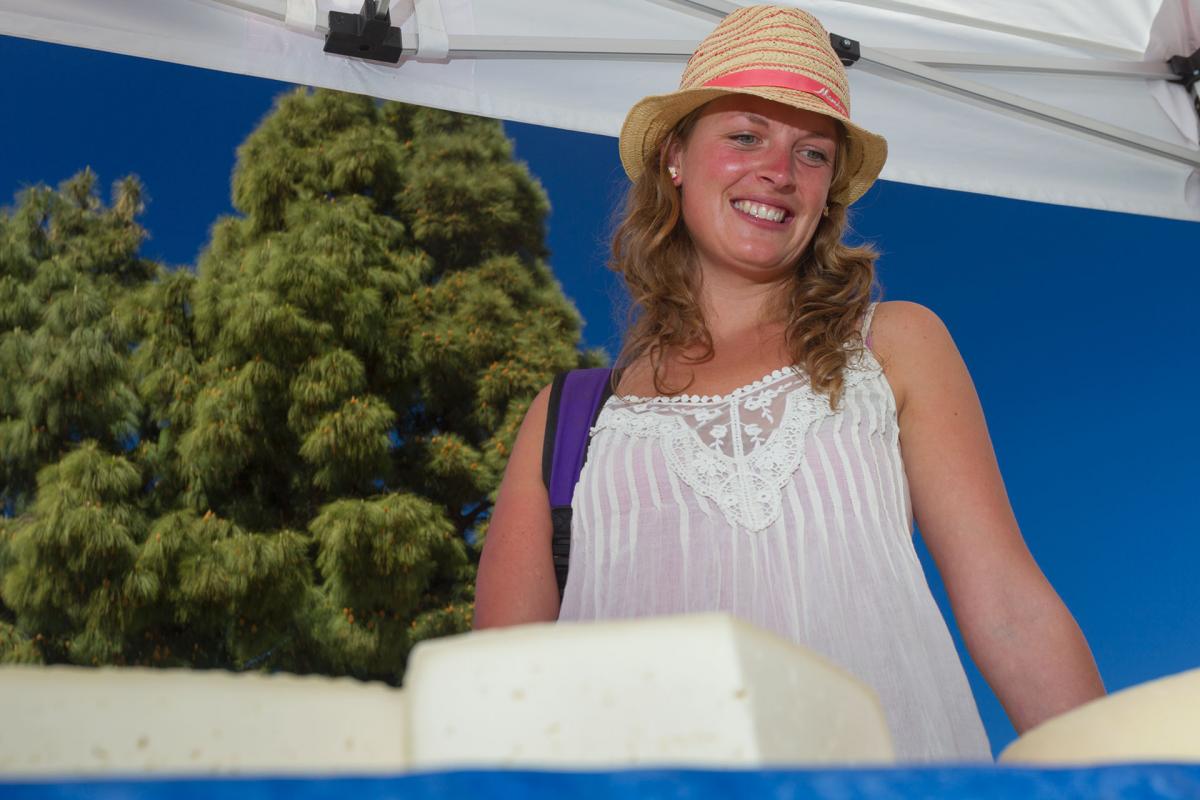
With Queso Majorero (Fuerteventura), the only milk allowed for its preparation is that of the Majorera goat, although up to 15 percent of milk from Canarian sheep is also allowed. This cheese was the first to obtain the Protected Designation of Origin (1996) with preparations regulated by very strict rules. A characteristic of Majorero cheeses is the paprika coating, which gives them a striking red color and the typical impression of braiding.
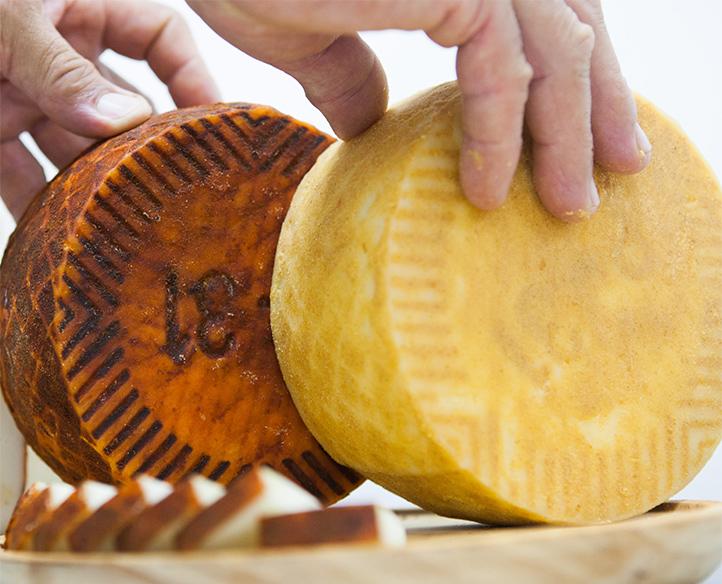

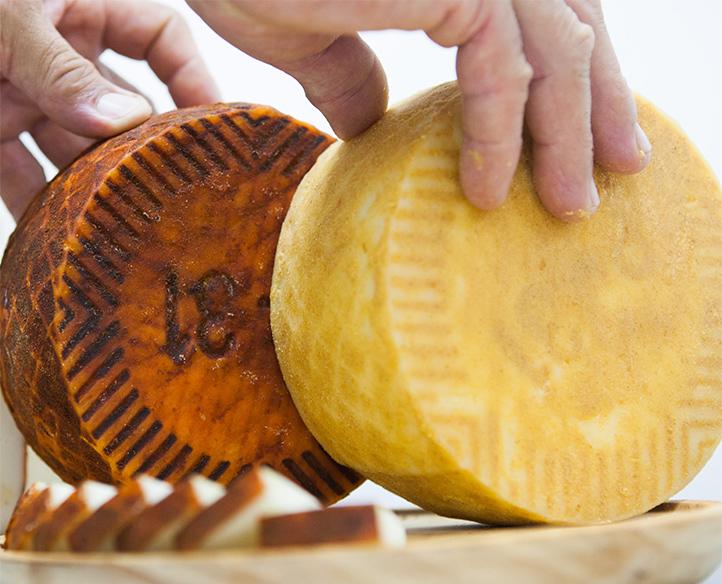
The peculiarity of Flor de Guía from Gran Canaria, praised by the great connoisseurs of the planet, is incredible, from Canary Islands sheep’s milk (released as a PDO in 2009). It is linked to the curious and beautiful practice of transhumance in the heart of the island. The herds feed in different areas: the summit in summer, the coast and the midlands in winter. But the most significant is the use of vegetable rennet, which is the result of the maceration of thistle flower pistils in water. Sometimes this rennet is mixed with animal rennet, hence the name “half-flower.”
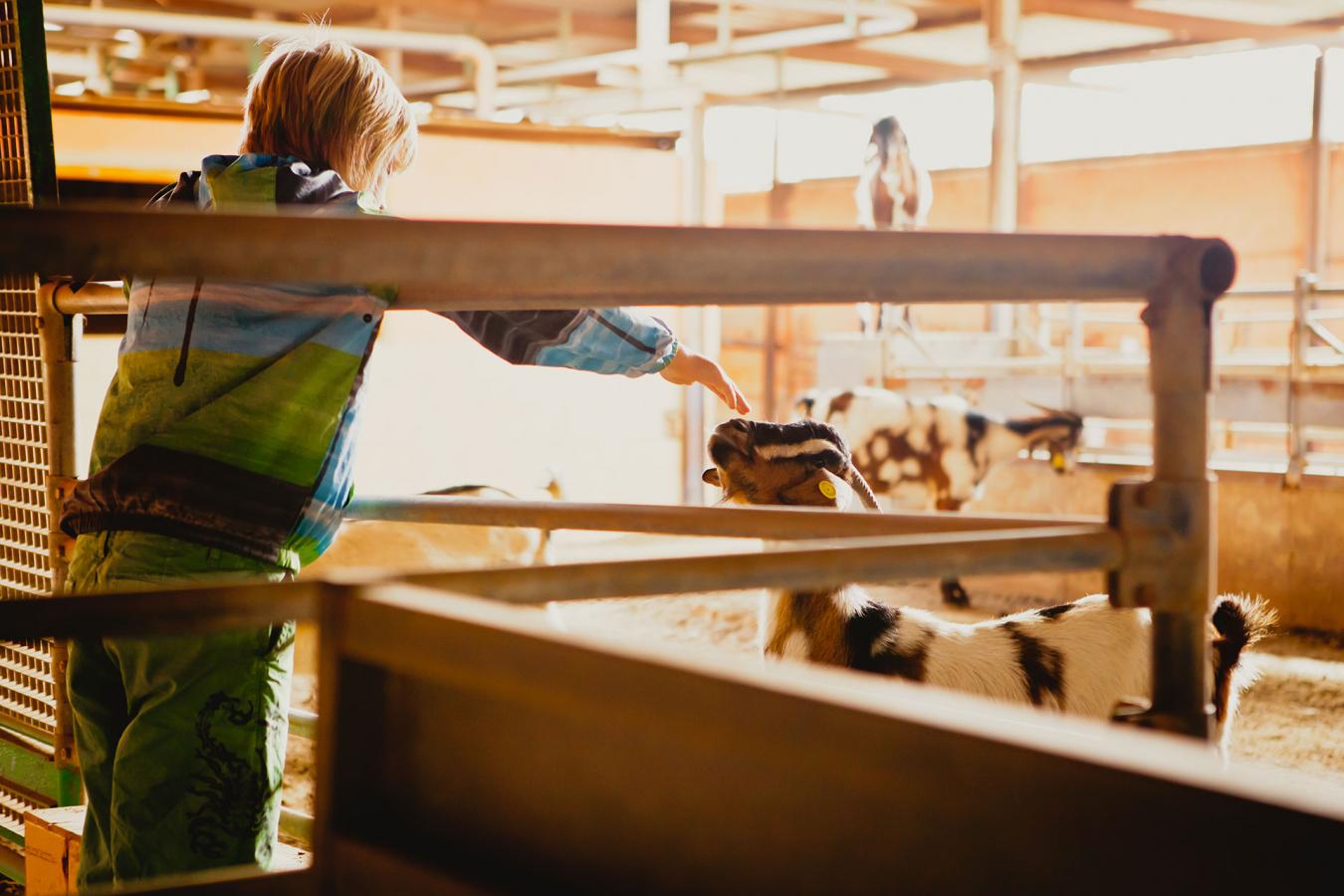
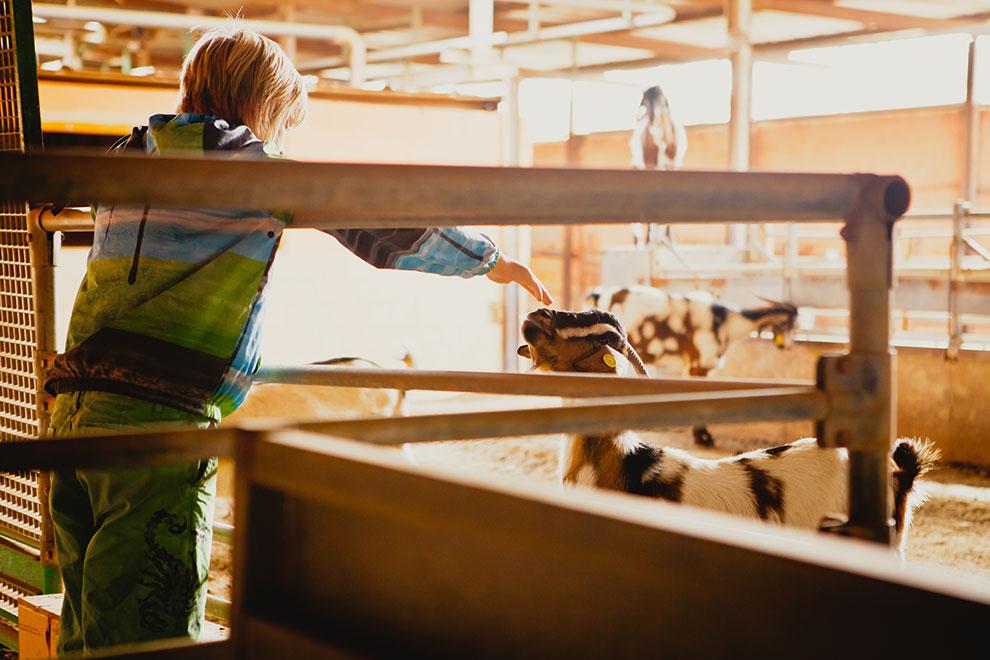
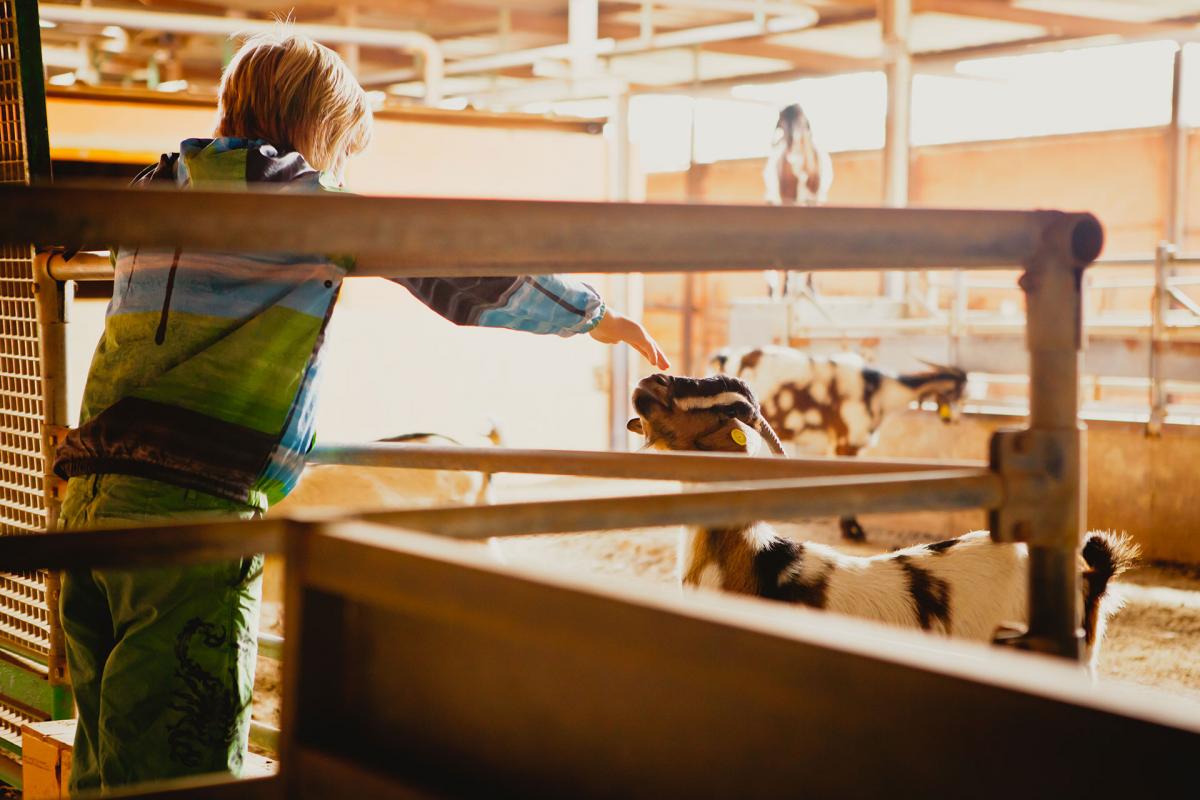
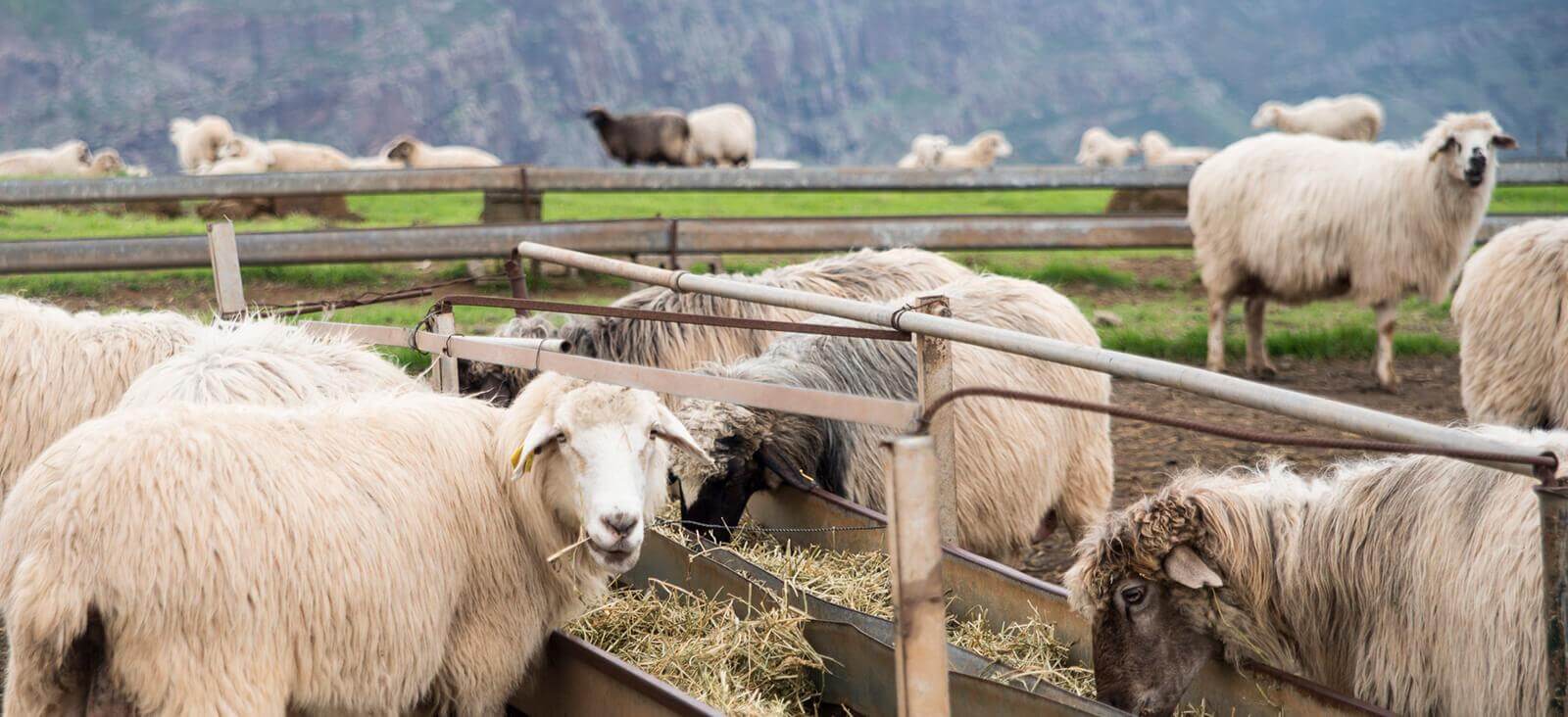
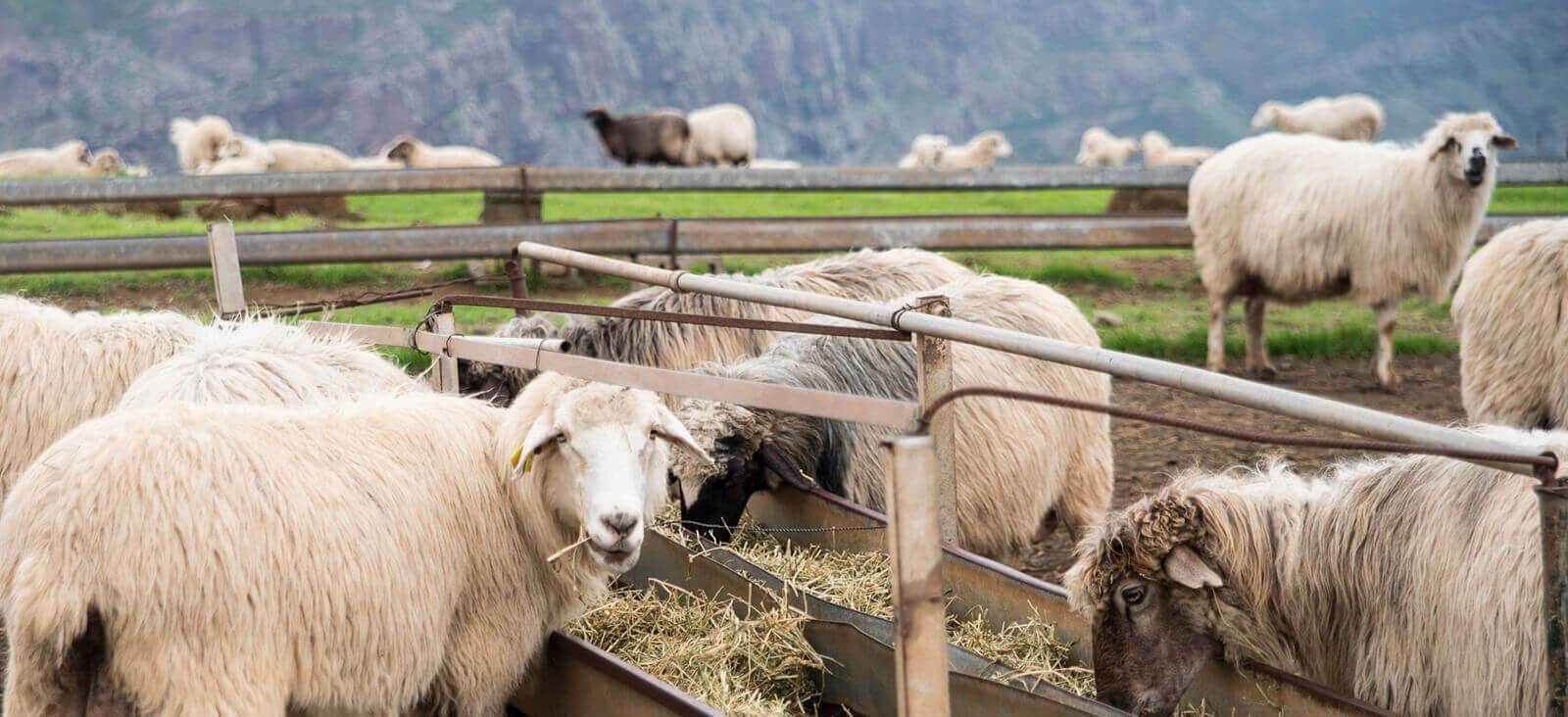
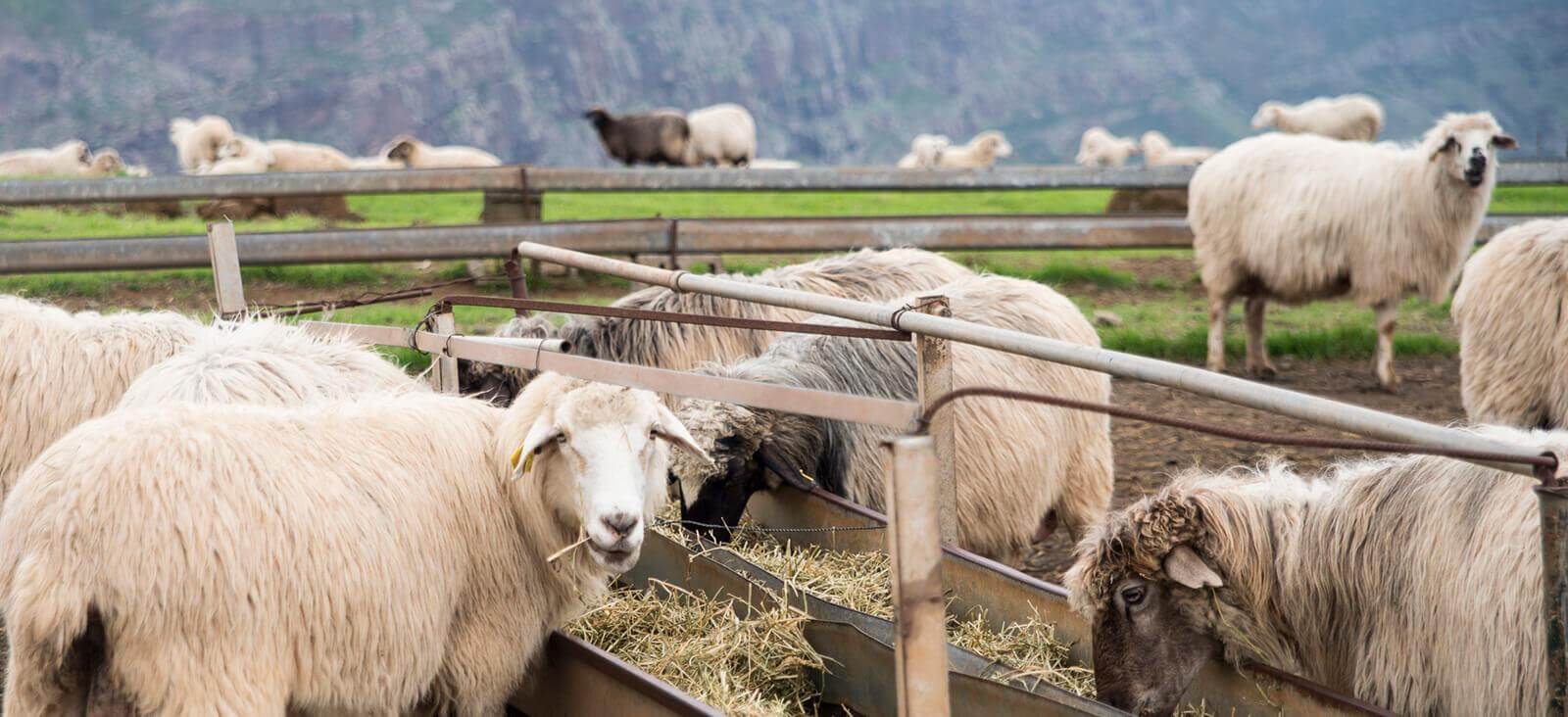
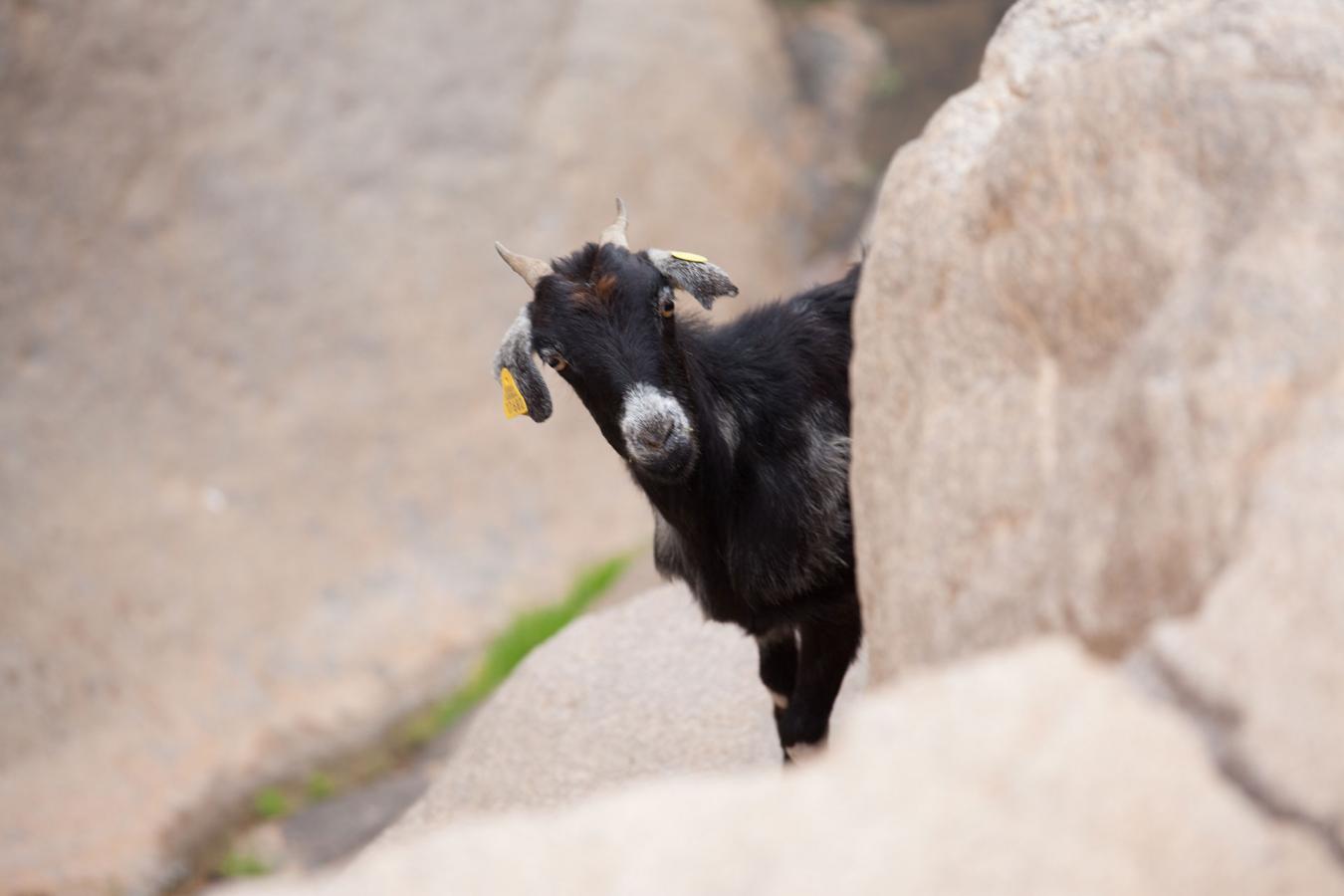
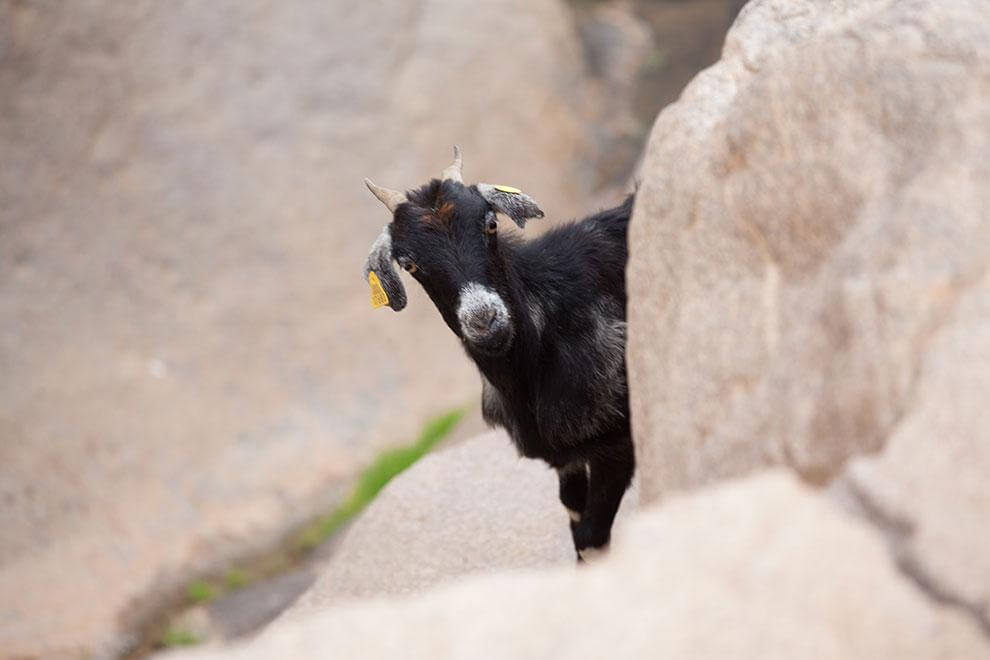
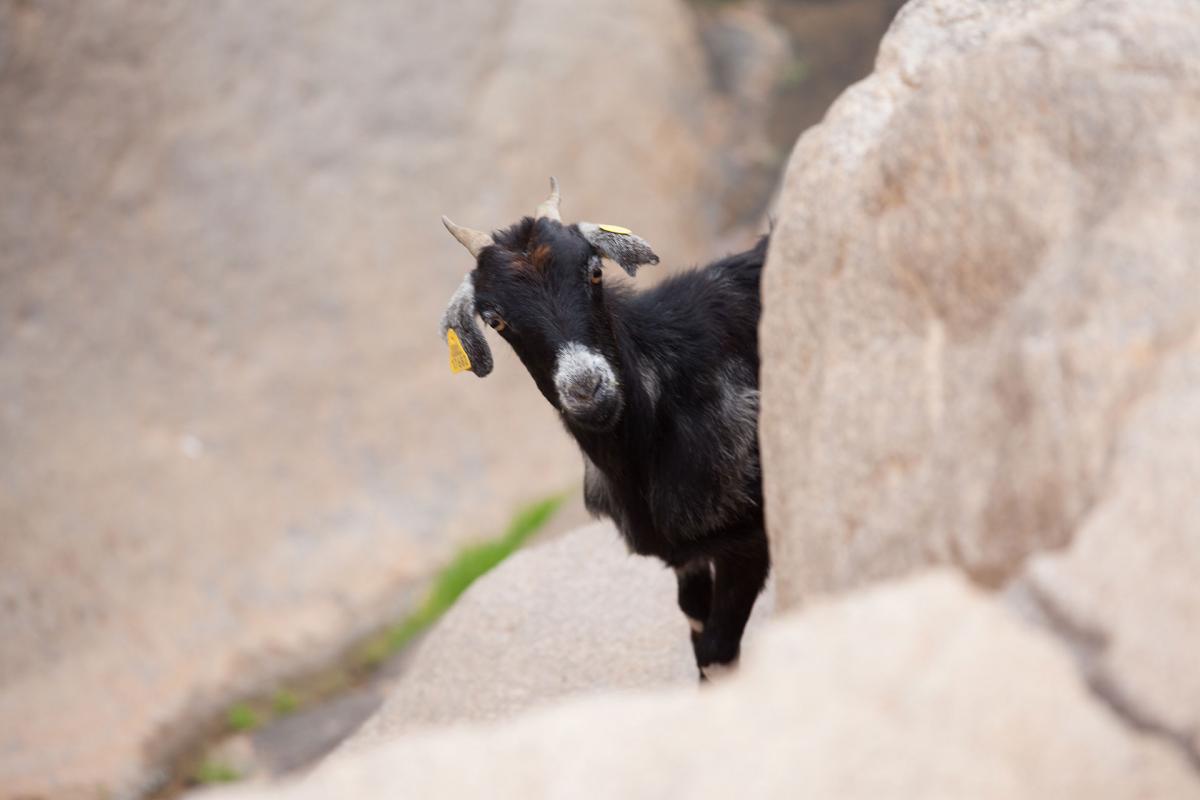
La Palma was the second island to process the PDO for its cheeses, prepared mainly with milk from the palm tree goat, a spectacular animal adapted to rugged areas. Its usual forms are fresh, smoked, with dry tunera, almond shells and dried pine leaves. Next to these, the matured ones are smeared with gofio or oil.
Meanwhile, the cheese made in Tenerife is usually prepared from goat’s milk (morphologically differentiated), although in some cases it is mixed with sheep or cow’s milk. The production is largely oriented toward a fresh product, but we can also find the smoked characteristic with bands on the coating.
In El Hierro, production usually involves commercial rennet and smoked with vegetables from the island (rockrose, dried fig trunk, dried tunera stalk, etc.). The few active shepherds are dedicated to sheep (which they call “cattle”, since the goats are kept in corrals). Thus, they also differentiate the “cattle” cheese (sheep, more fatty) from goat or mixed cheese, which can contain cow’s milk.
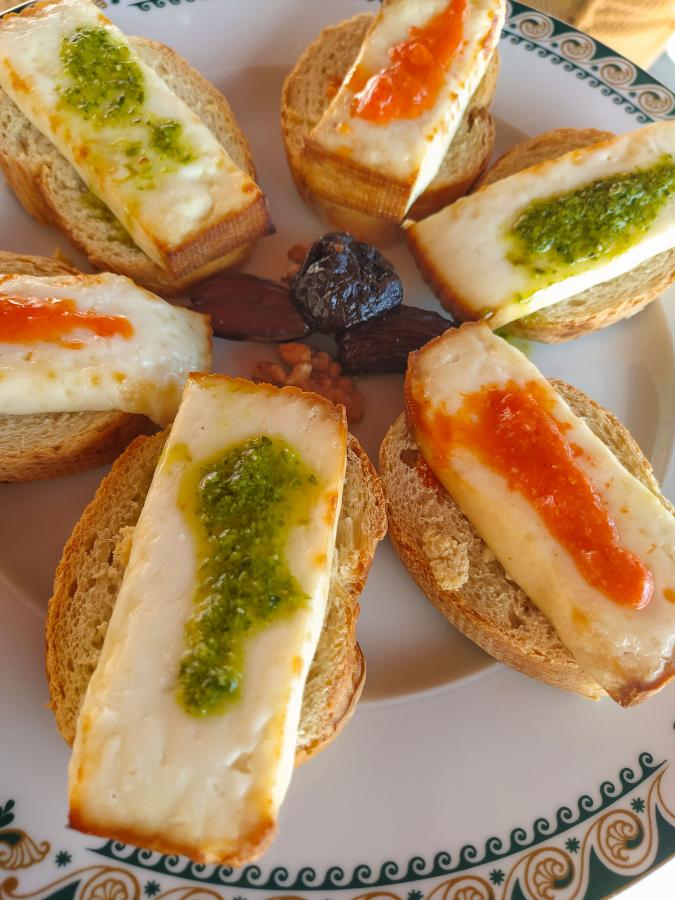
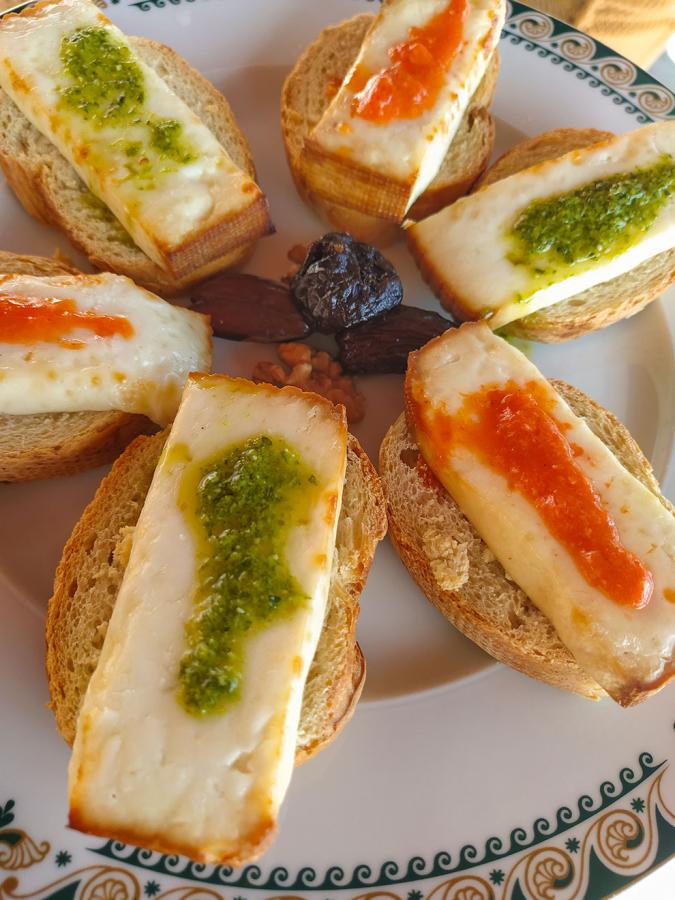
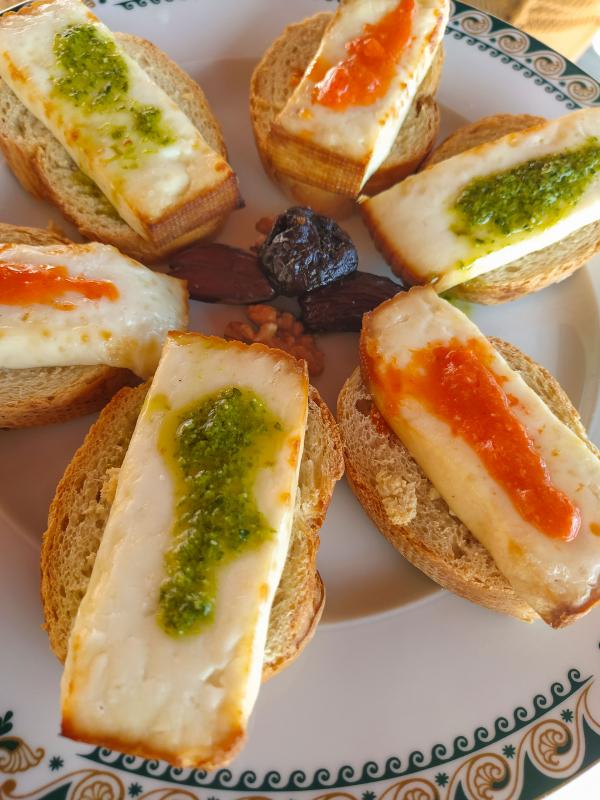
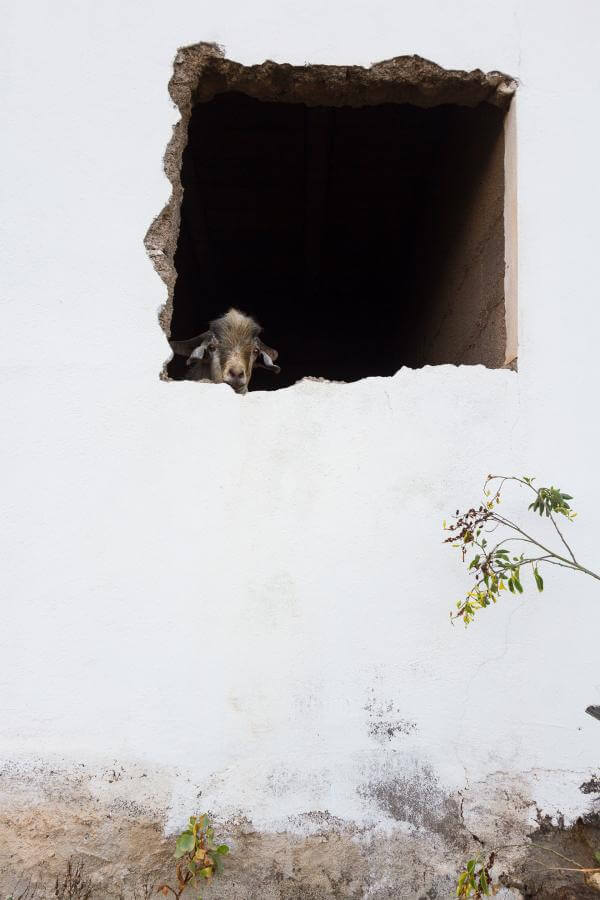
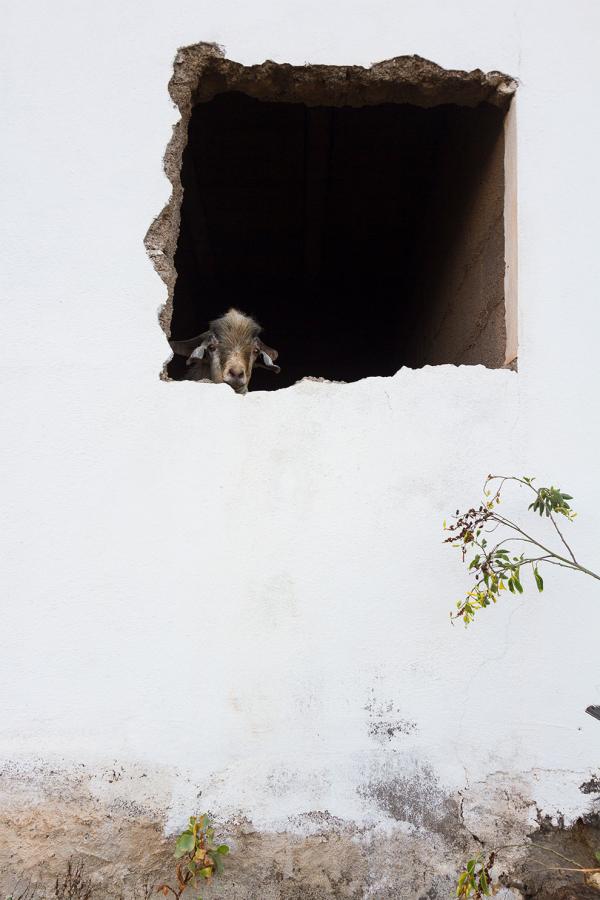
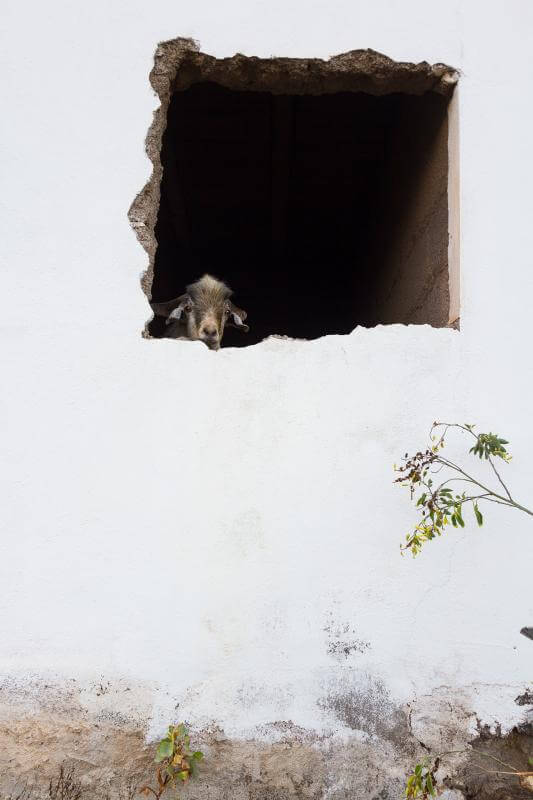
Lanzarote has experienced a remarkable evolution in the production of quality cheeses. The goat herds are concentrated in the south and in some villages in the north and west where they still graze. They are usually small cheeses and are consumed fresh; those selected for maturation “sleep” in cane compartments, with a wooden structure and ventilation through grilles, placed outside houses.
Goats and, to a lesser extent, sheep, comprise the herds of La Gomera, with generally few heads. Here the farmer produces two types of cheese, mixing the two types of milk. They are fresh, small cheeses, smoked in rooms without windows, on boards, with green rockrose and heather, as well as with dry snuff.
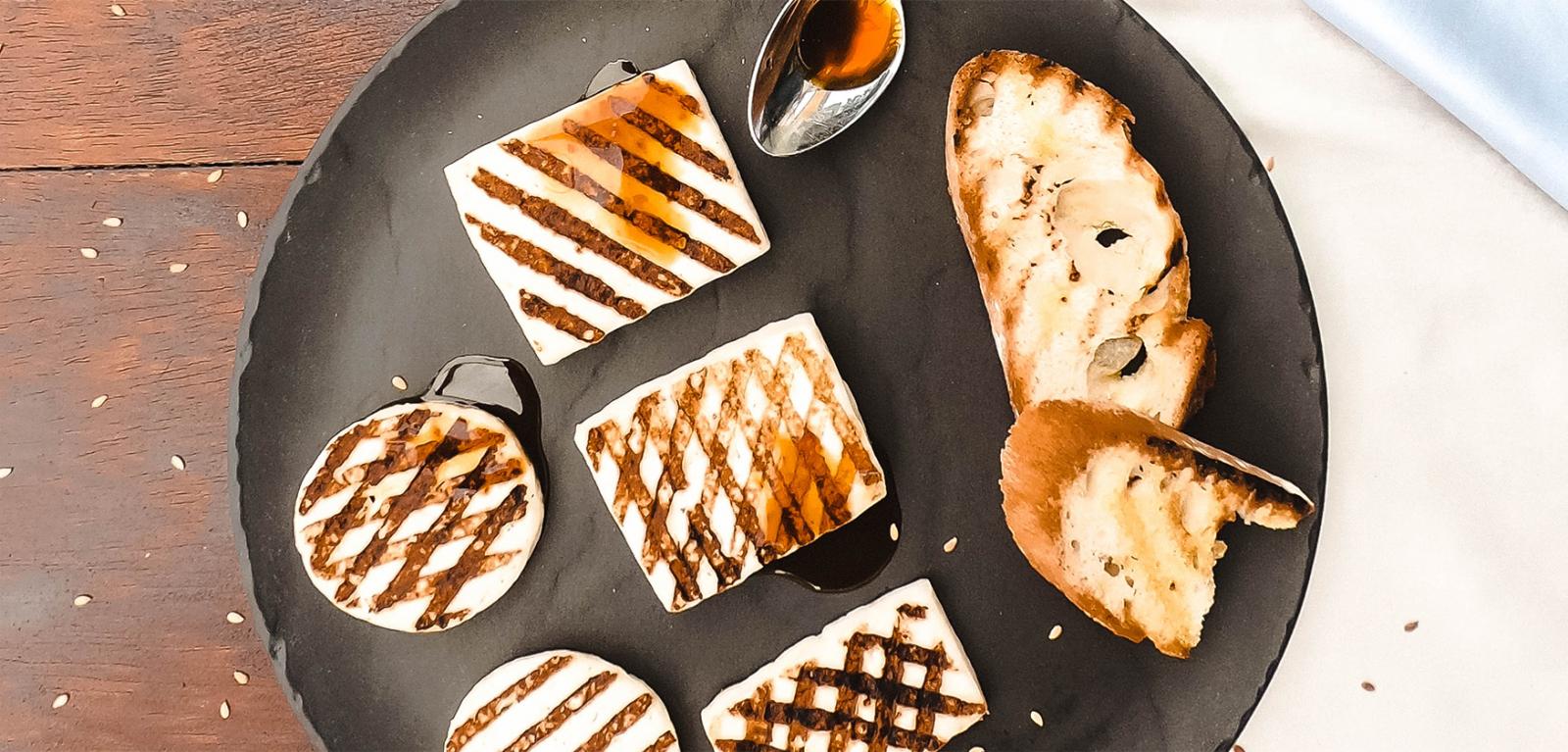

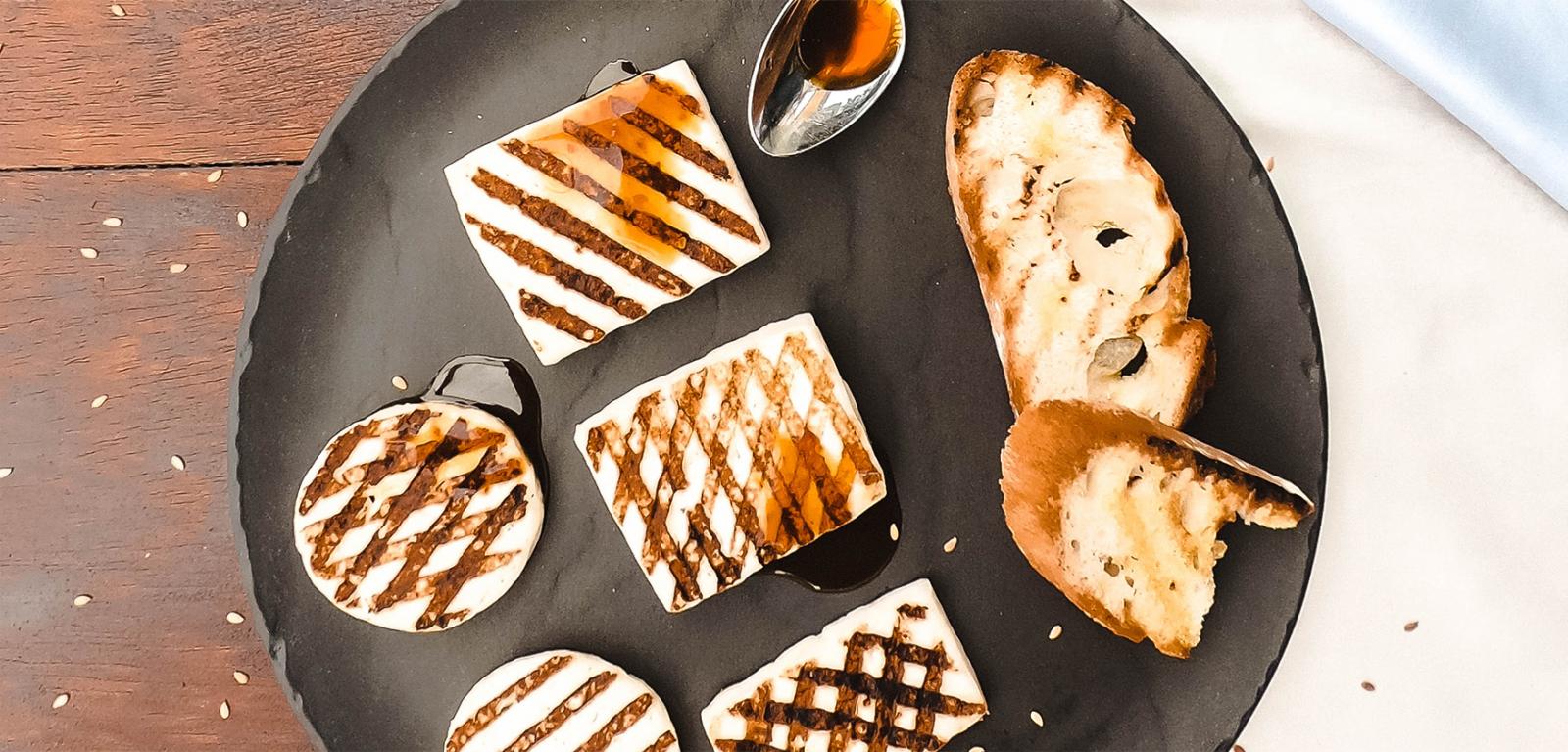
As can be seen, each island has perceptible taste credentials in terms of consistency, degrees of acidity, textures, smoked or matured and refined, which tell the story of the terrain. These are varieties and variations that have garnered the highest awards (including “best cheese in the absolute world”) at major Spanish and European events and, year after year, at the prestigious and definitive World Cheese Awards.
